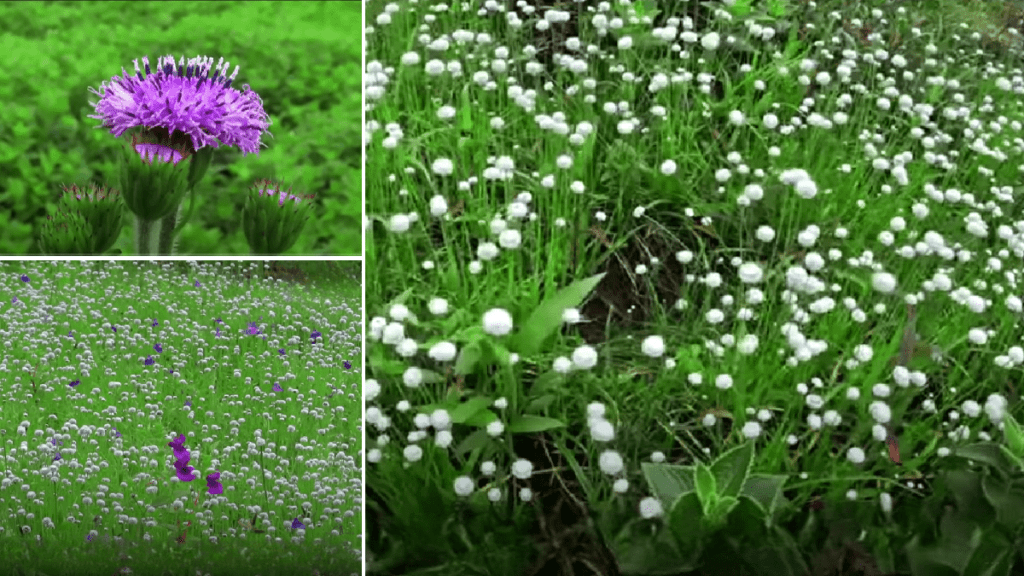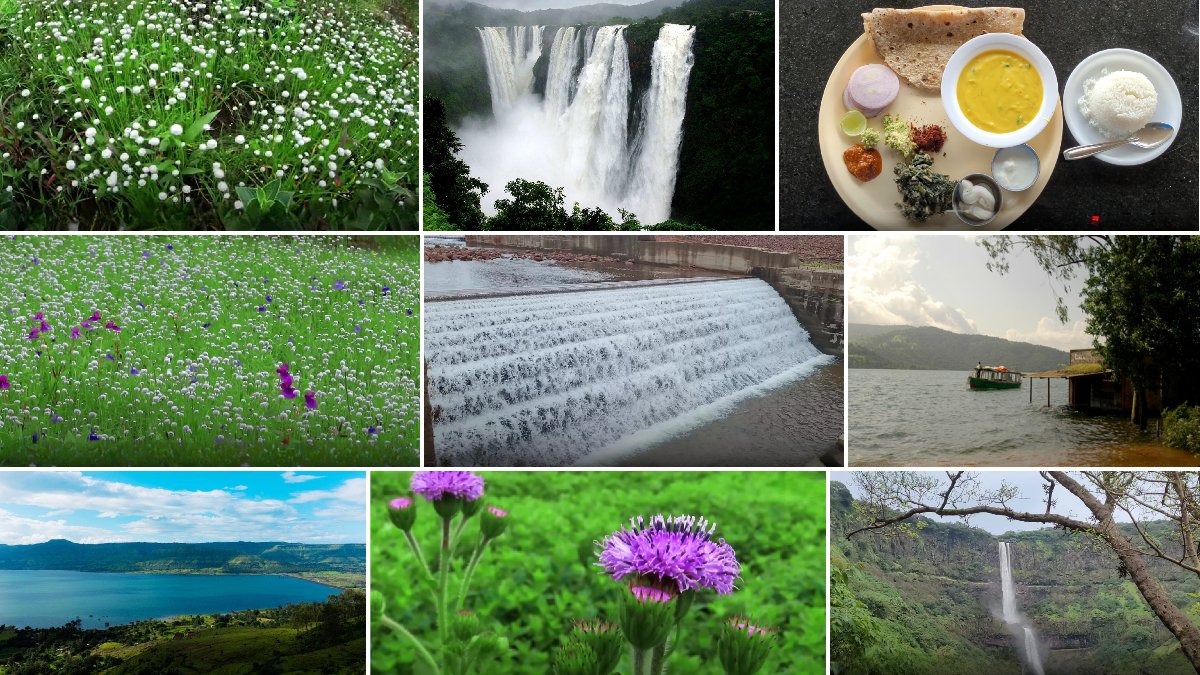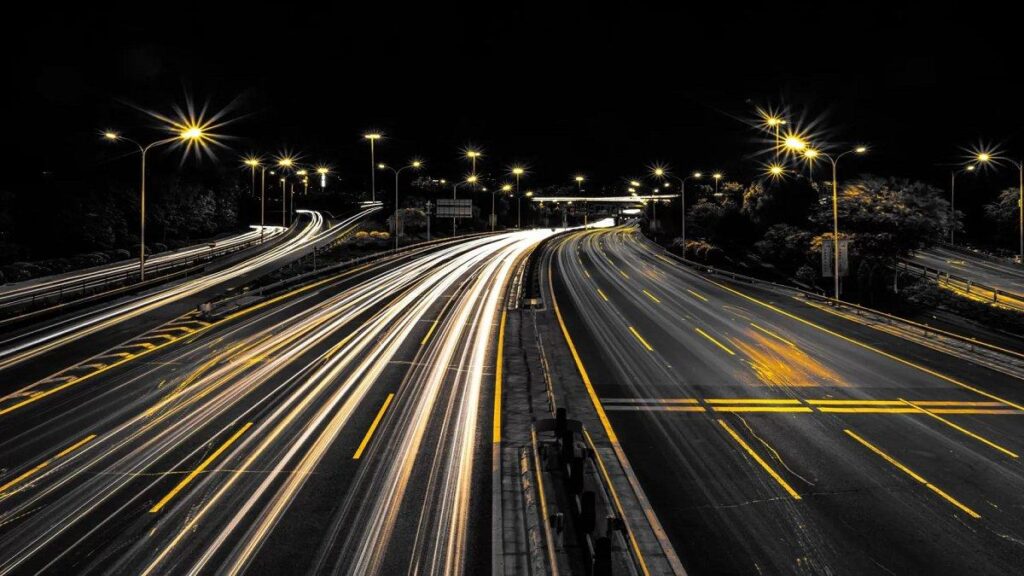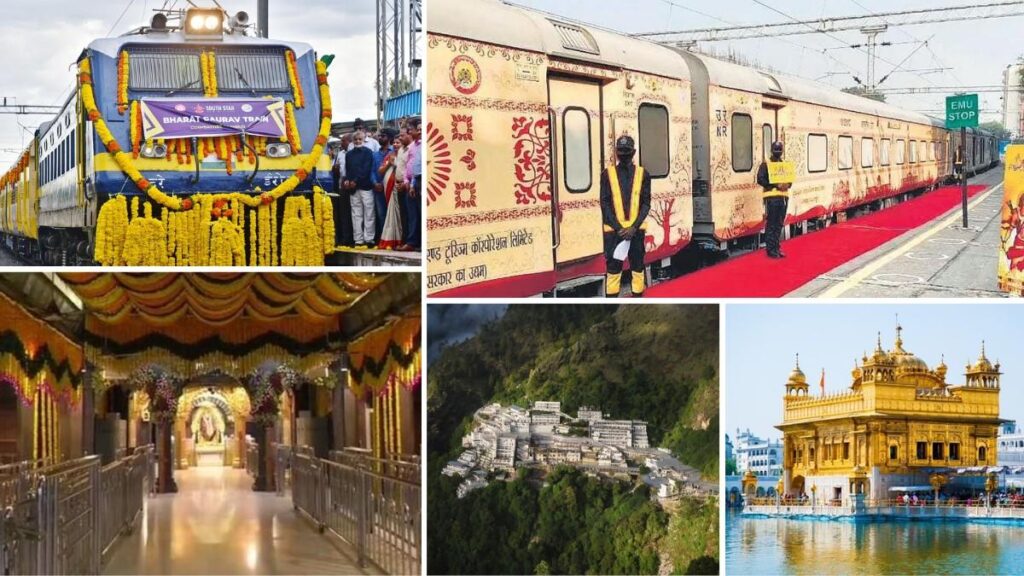Nestled in the Sahyadri sub-cluster of the Western Ghats, the Kaas Plateau, also known as Kaas Pathar or Kas Sadas, is one of Maharashtra’s most breathtaking natural wonders. Located just 25 km west of Satara and about 120 km from Pune, this plateau transforms into a vibrant floral carpet every year during the monsoon. In 2012, UNESCO declared Kaas a World Natural Heritage Site, recognising its rich biodiversity and unique ecosystem. For Punekars, it is an ideal weekend getaway, especially between September and October, when the wildflowers are at their best. This year, in 2025, the peak bloom season starts from September 04.
A Seasonal Wonderland
From late August to early October, the Kaas Plateau bursts into colour. More than 850 species of plants and wildflowers grow here, many of them rare and endemic to the region. Tiny blossoms in shades of pink, purple, yellow, and white spread across the plateau, creating an enchanting view that attracts nature lovers and photography enthusiasts alike. Since the ecosystem is delicate, visitors are expected to follow guidelines, no plucking flowers, no littering, and sticking to designated trails.
Best Time to Visit
While the plateau is open from September to December, the peak bloom is seen in September and October. The weather is cool and misty, making it perfect for trekking and photography. Entry is regulated to protect the area. Only 3,000 visitors are allowed per day, with fixed three-hour slots. Tickets cost ₹100 and can be booked online, especially for weekends and holidays when footfall is higher.
Nearby Attractions
A trip to Kaas can be easily combined with visits to other scenic spots in Satara district:
- Kaas Lake – Located just beyond the plateau, this serene lake is surrounded by hills and is perfect for a peaceful walk or picnic. Local eateries around the lake serve Maharashtrian favourites like zunka-bhakri, kanda bhaji, vada pav, and Maggi. Swimming, however, is not advised.
- Homestays in Kaas Village – Just 3 km from the plateau, Kaas village offers simple homestays with lovely views of the lake. Visitors can also savour home-cooked meals made on traditional chulhas.
- Vajrai Waterfall – A short trek from Kaas village leads to stunning views of this three-tiered waterfall, one of the tallest in India. Visitors should enjoy it from a distance, as trekking to the base is unsafe.
- Bamnoli – Around 15 km from Kaas, this quiet lakeside village on Shivsagar Lake is popular among trekkers as a base for Fort Vasota. Boating options are available here to explore Tapola, also known as “Mini Kashmir,” and the Nageshwar Shiv temple.
- Thoseghar Waterfall – About 35 km from Kaas, this dramatic 200-metre waterfall is a major attraction during the monsoon. The Forest Department has created a safe viewpoint for tourists, but access to the base is restricted due to strong currents.

Travel Tips for Visitors
Book your entry permits online in advance, especially for weekends.
- Carry water and light snacks but avoid littering.
- Wear sturdy walking shoes for trekking on the plateau.
- Plan a two-day trip if you want to cover Kaas, Mahabaleshwar, and Panchgani together.
- Respect the ecosystem by staying on marked paths and not disturbing the flowers.
Why Kaas is Worth the Journey
Kaas Plateau is often called Maharashtra’s answer to the Valley of Flowers in Uttarakhand, but it has a character of its own. With its floral wealth, rolling Sahyadri landscapes, misty climate, and nearby lakes and waterfalls, Kaas offers much more than just a day trip. For Punekars and Mumbaikars alike, it’s a quick escape into a natural paradise.
A visit here isn’t just about sightseeing, it’s about experiencing nature in its raw, fleeting beauty. Whether you’re a photographer, a trekker, or simply someone looking to take a break from city life, the Kaas Plateau promises an unforgettable weekend getaway.




